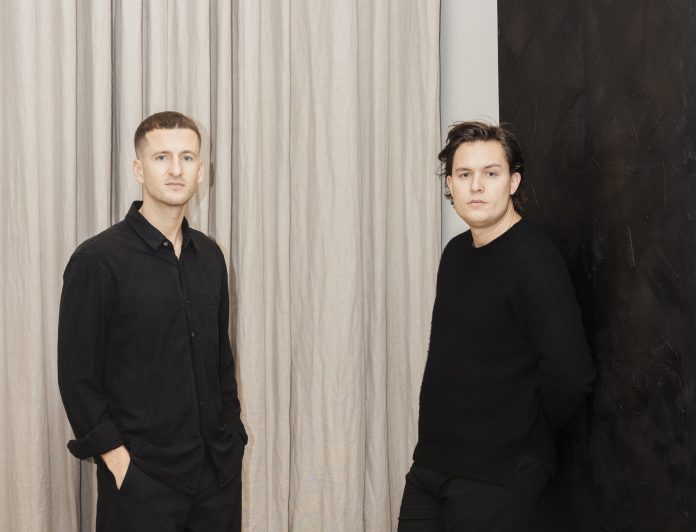Founded by Liam McGroarty and Oliver Collinge in 2016, YOUTH is an award-winning studio based in Manchester, known for delivering compelling interiors across retail, residential, hospitality and workspace projects.
YOUTH’s signature style cuts through the noise, balancing raw honesty with refined imperfection. The spaces the studio designs fuse industrial and unexpected materials with soft tones and textures, creating environments that are bold yet considered.
Recent work includes two shop-in-shop sites for active lifestyle brand Adanola (Selfridges Manchester and Selfridges Oxford Street); the pared back luxury hotel Hyll, nestled in the Cotswolds; and multi-use workspace Arthur House, a modernist Manchester landmark reimagined for today.
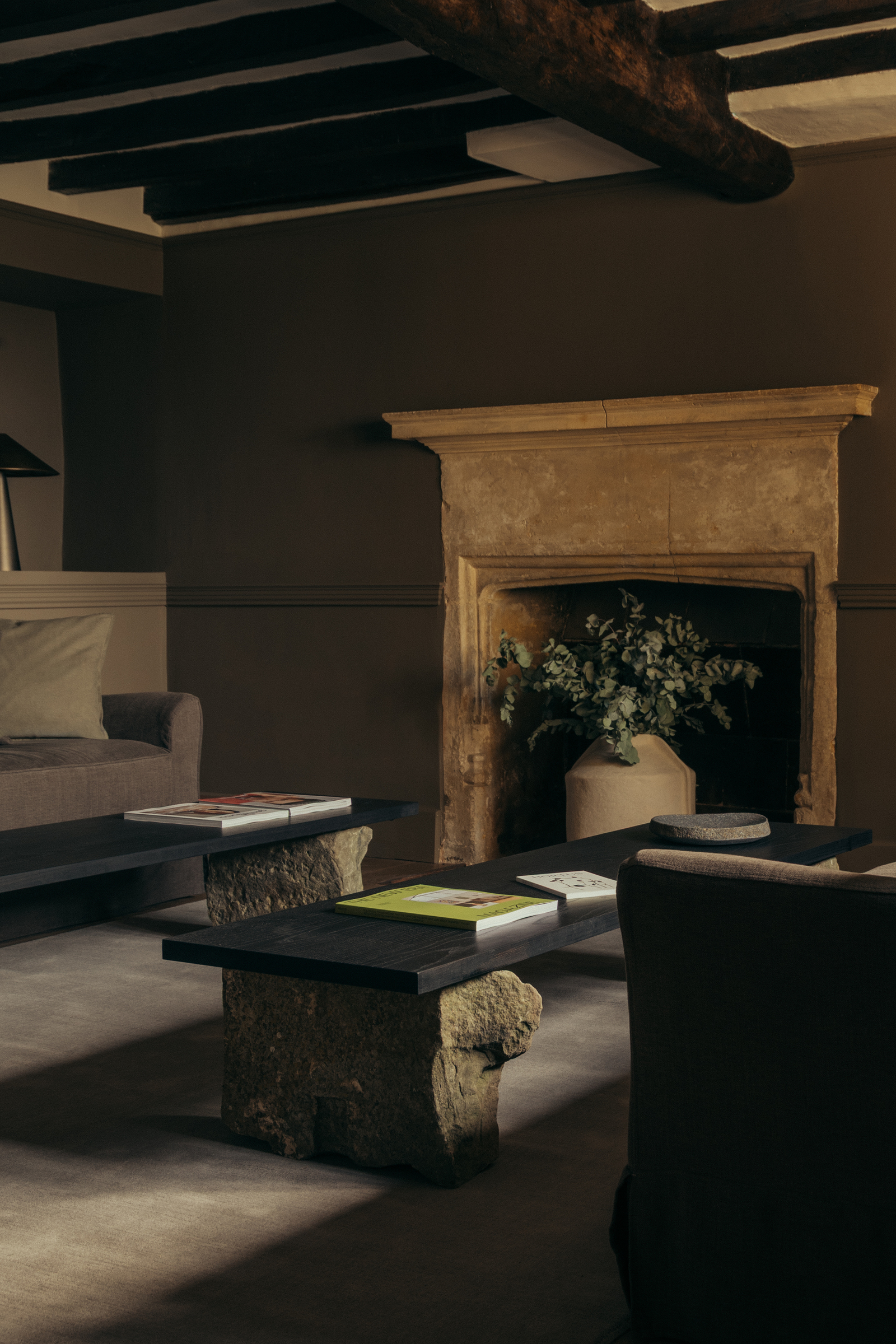
Here, Liam and Oliver discuss the experiences that have shaped their work and the importance of selecting projects that align with their values.
What is your earliest memory of design having an impact on you?
LIAM: We both grew up in families of creatives — surrounded by interior designers, makers, and people who were always building or shaping spaces. That environment made design feel less like a profession and more like a way of life. From an early age, we understood that the spaces around us could inspire, comfort, and bring people together.
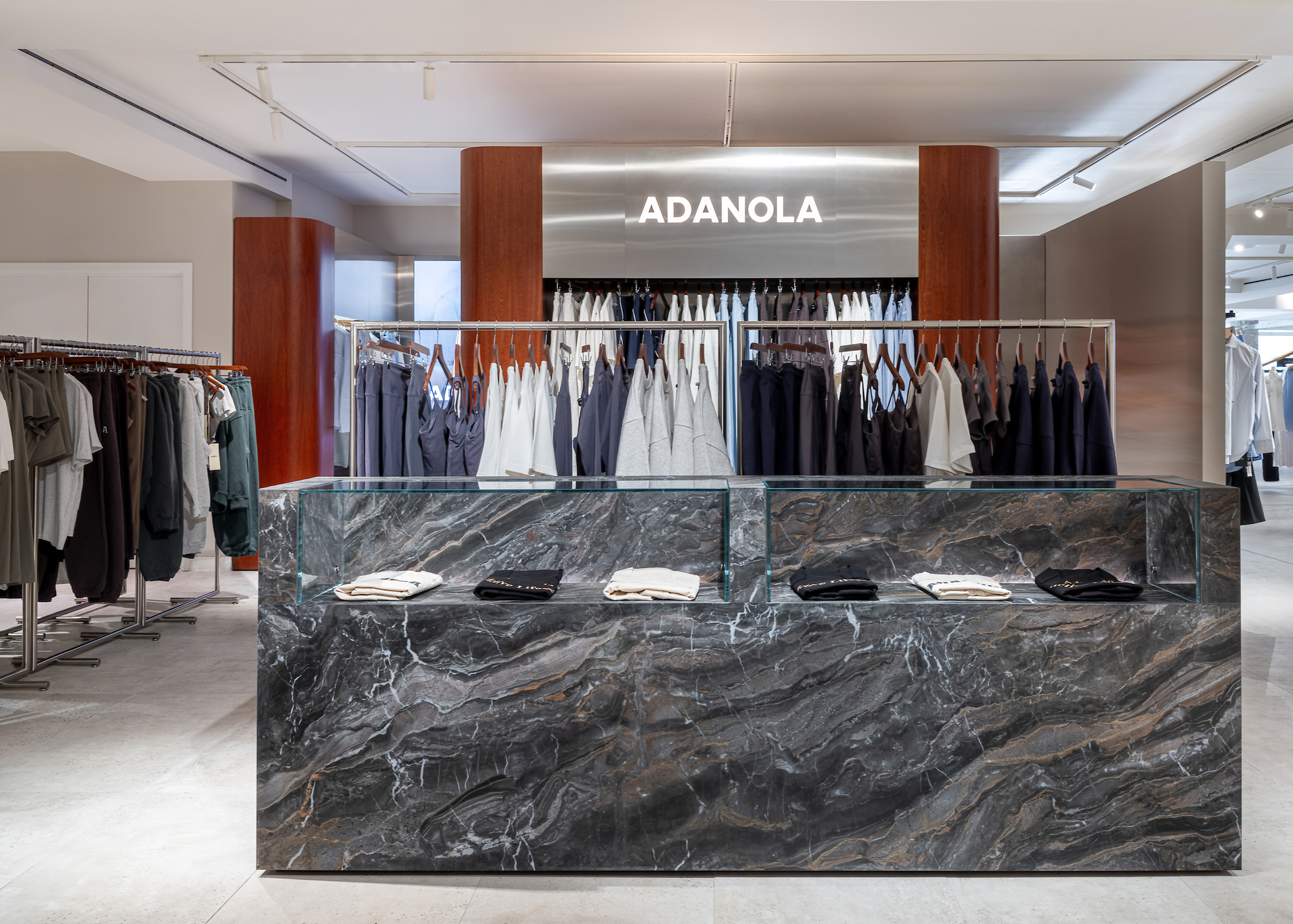
Where did you study design and what did you specialise in?
OLIVER: We both studied Interior Design at Manchester School of Art, where we first met and began our creative partnership. The course gave us a grounding in how space, material, and atmosphere can shape experience, but just as importantly it gave us the space to bounce ideas off each other, challenge perspectives, and develop a shared way of thinking about design.
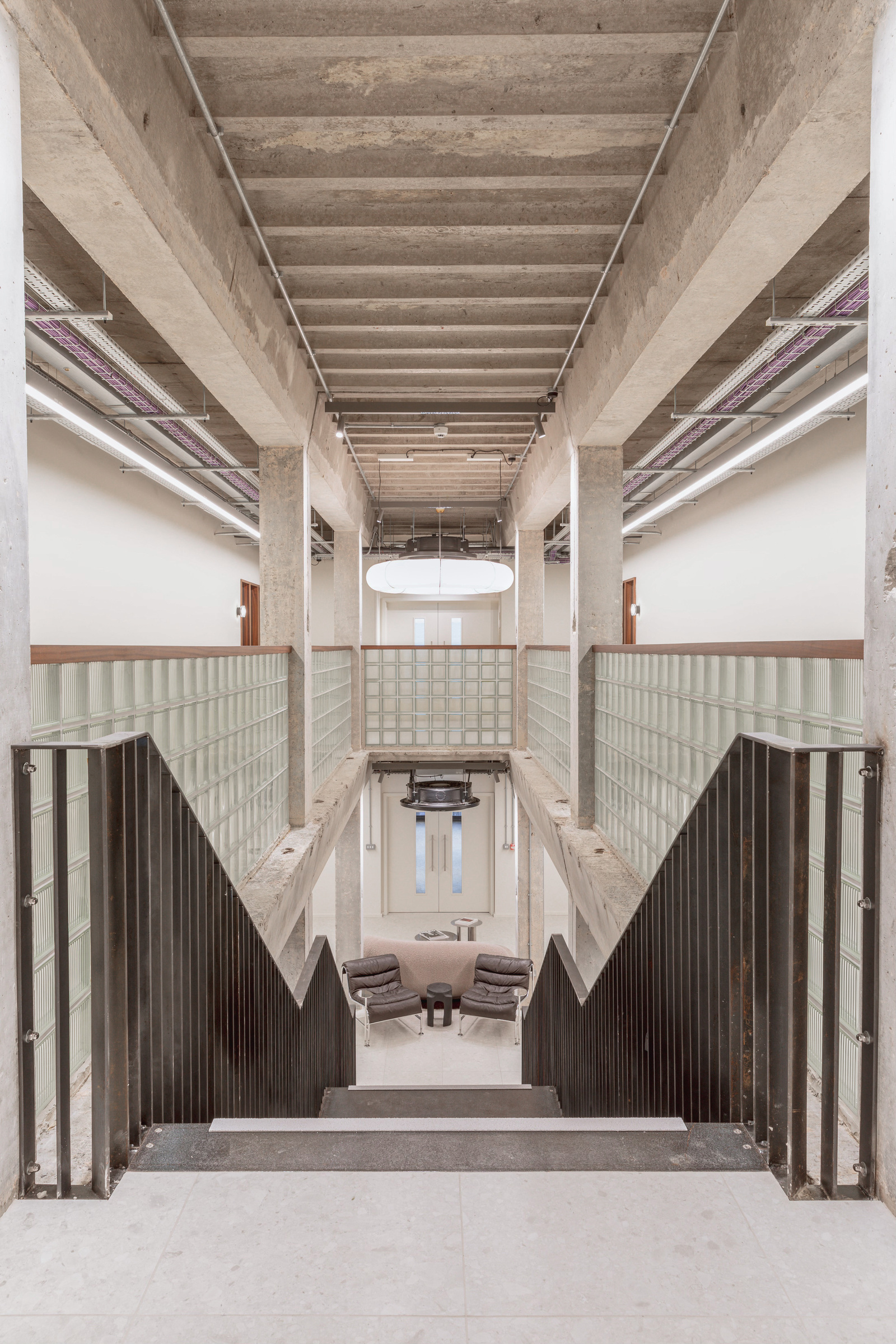
What kind of designer did you aspire to be and who are your inspirations?
LIAM: Having run the studio for over ten years, we’ve seen trends and aesthetics rise and fall. Early on we explored some of those directions, but ultimately we learned to strip things back and define what truly feels like us. Over time, we’ve honed an approach that we believe is timeless — architectural in its grounding, yet personal and evocative in how it makes people feel.
Travel has also shaped us. For years we were drawn to Danish design and the clarity of Copenhagen, but a visit to Antwerp shifted our perspective profoundly. The city’s balance of restraint, culture, and rawness resonated with us in a way that continues to influence how we design today.
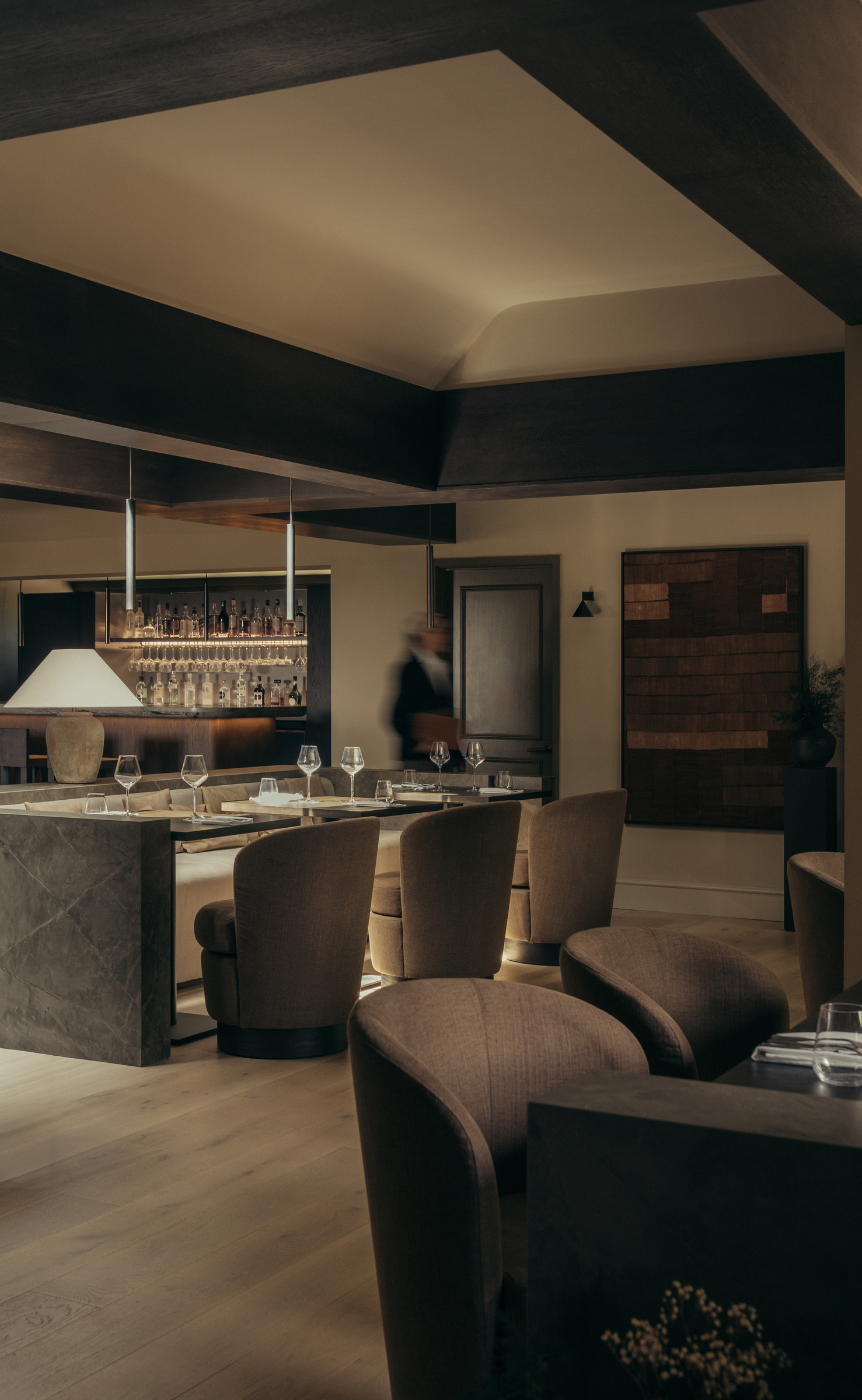
What was your first professional design commission?
OLIVER: Our first commission was a burger restaurant in Worcester for a friend from university. It was a small project but an important one — it taught us how to translate ideas into a real space with atmosphere and identity. The project was later featured in Hypebeast and resonated with a younger, design-aware audience, which gave us confidence in our ability to create spaces that connect with people.
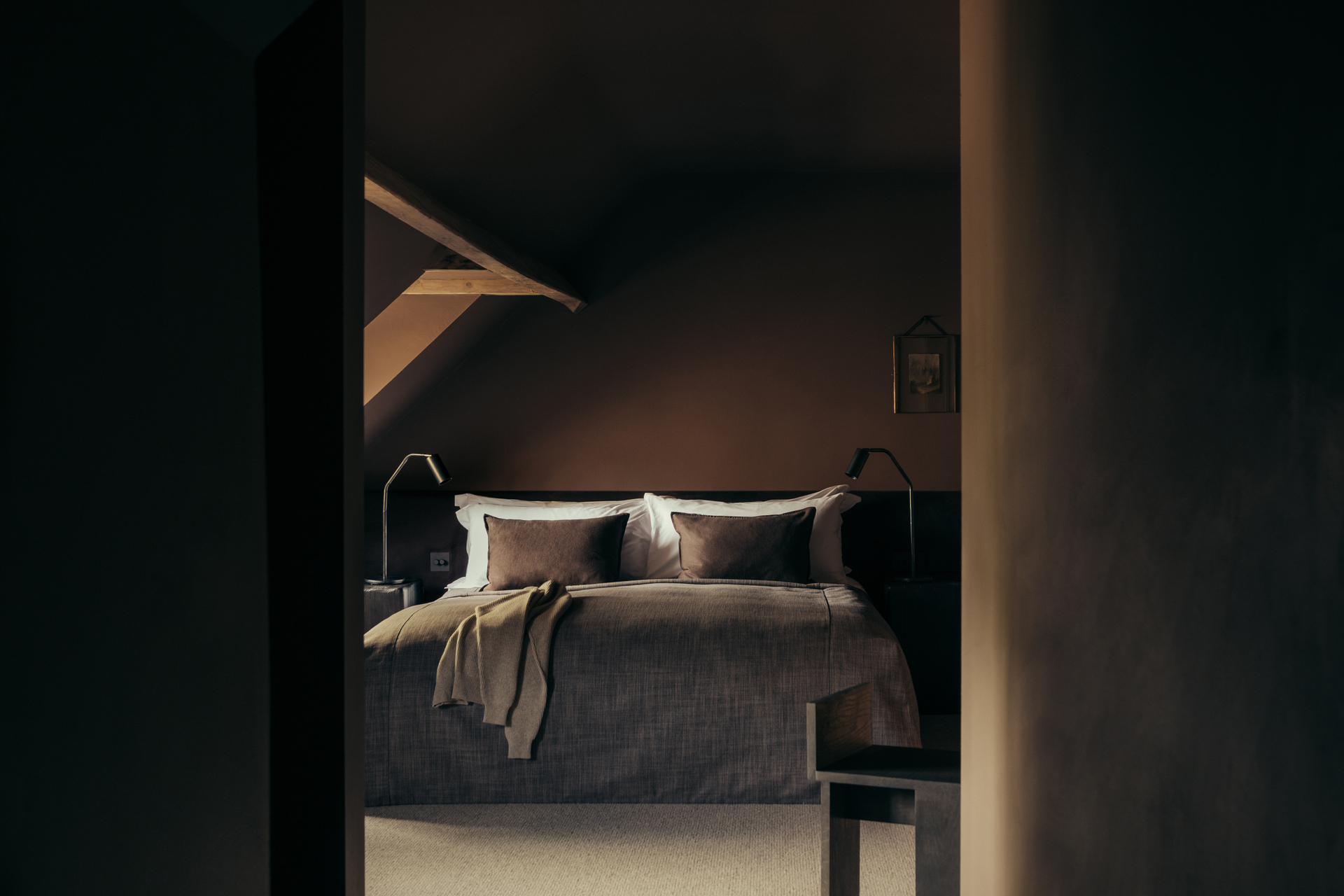
What has been your biggest design commission to date?
LIAM: At YOUTH, we don’t define ourselves by a single “biggest” project. The studio isn’t run by scale or headline value — it’s shaped by the choices we make and the people we work with. Over nine years we’ve experienced the pressures of taking on projects just to keep the business moving, but a few years ago we made a conscious decision to change. Now, we’re selective. We focus on the right clients and the right projects — ones that align with our values and allow us to create meaningful work. That shift has been more important than any individual commission.

How would you describe YOUTH as a studio and a community of designers?
OLIVER: YOUTH is built on the philosophy of refined rawness — the balance between raw, honest materials and crafted, tactile details. As a studio, we are collaborative, curious, and culturally attuned. As a community, we share the belief that design should shape experiences, not just appearances.
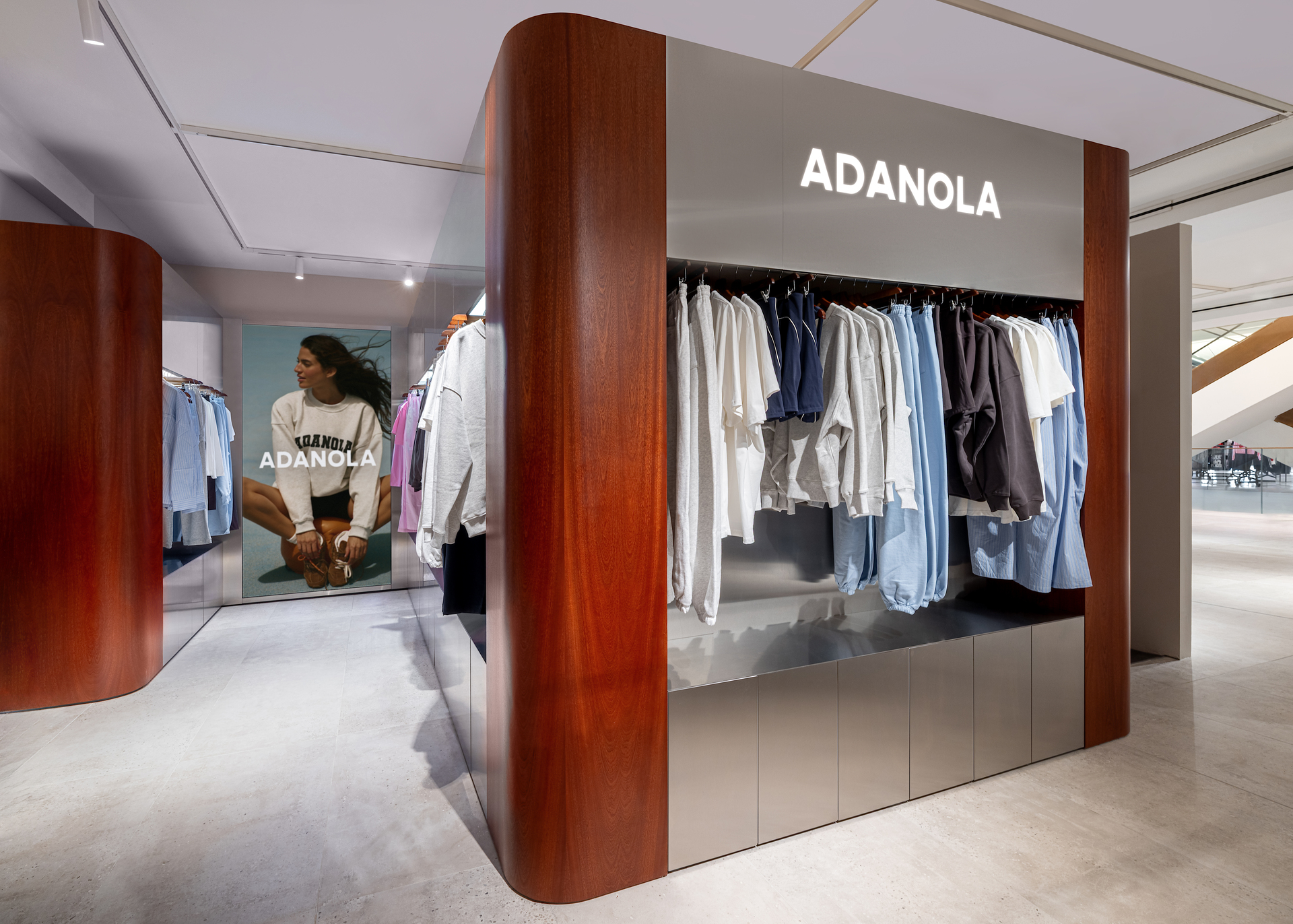
What are the key characteristics you look for when bringing new talent into your studio?
LIAM: As a small studio, we’re very selective. Every designer needs to be both creative and technically competent — rounded enough to handle all aspects of a project. Our team works in small partnerships, which means each person must understand their project inside out: from early creative collaboration with the client through to delivery on site with the contractor.
When we bring in new graduates, we look for that natural spark of creativity, but also the substance that comes with technical understanding. For us, it’s not just about ideas — it’s about the ability to see them through and craft spaces with depth and precision.
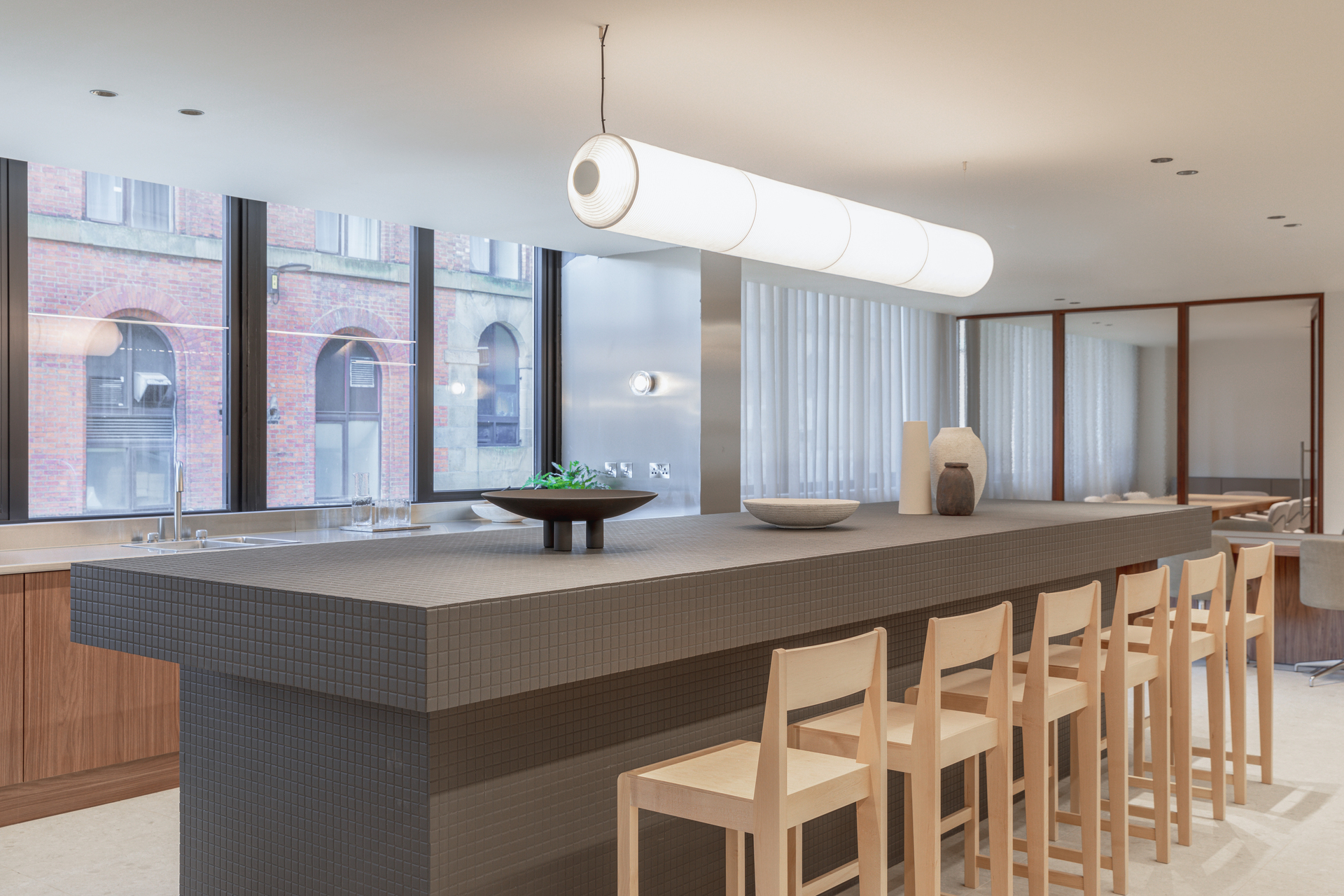
How has retail design evolved over recent years?
OLIVER: Retail today is less about the transaction and more about the experience. With most purchases now happening online, the physical store has to offer something deeper — a chance for customers to connect with the brand on an emotional level. Our focus is on creating environments that feel like an invitation into a culture, community, and aesthetic, rather than just a place to pick something off the shelf. Done well, retail becomes a brand experience that stays with people long after they leave.
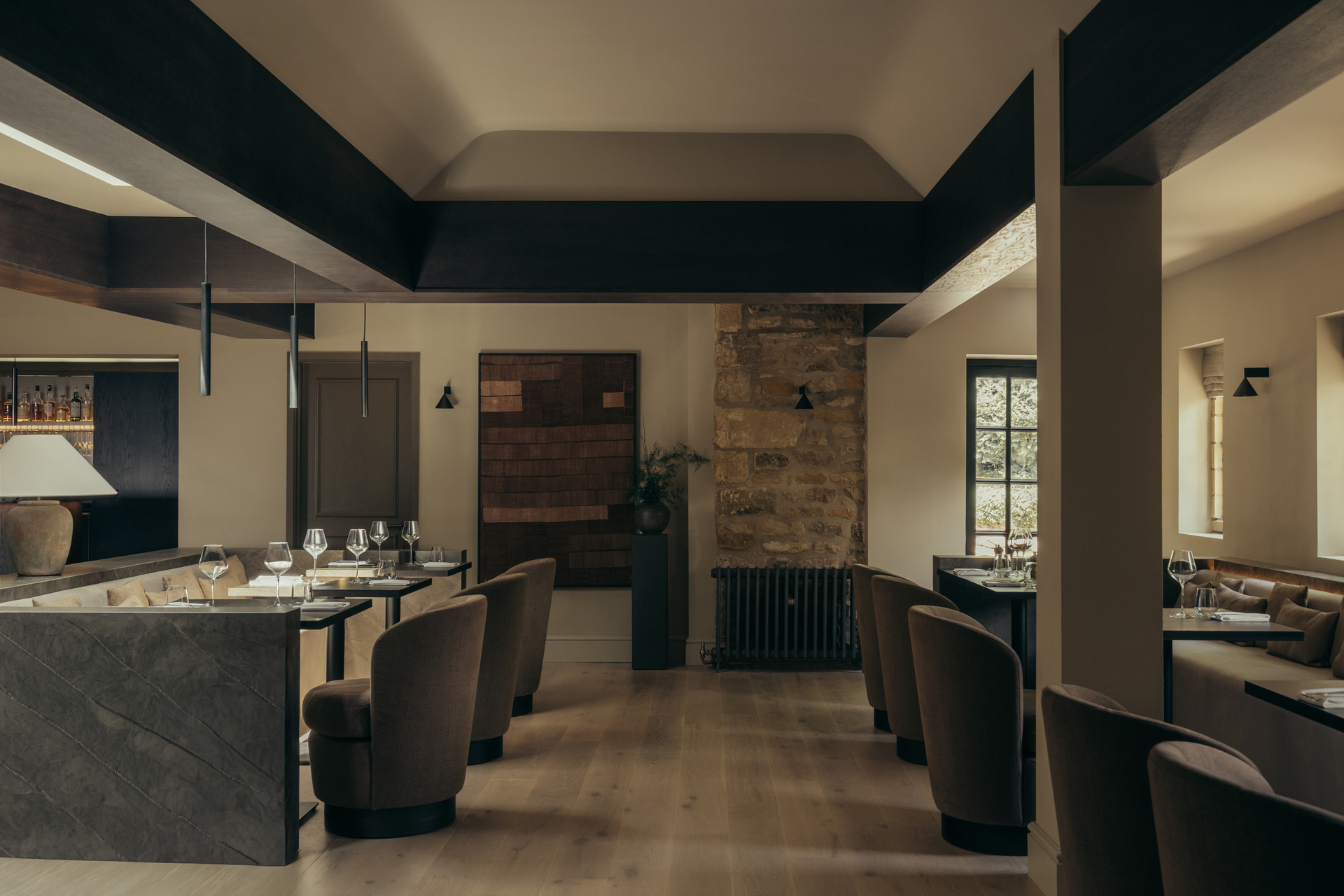
What do you think should be a key focus for designers moving forward into 2026 and beyond?
LIAM: Sustainability is the obvious and necessary focus, but beyond that, we believe designers should be creating spaces that feel timeless, crafted, and deeply human. In a world of instant gratification and the growing presence of AI, people will increasingly crave moments of disconnect — spaces where they can be lost in a feeling, something technology can’t replicate. As designers, our responsibility is to create those moments: environments that endure, that ground people, and that remind them what it is to be human.
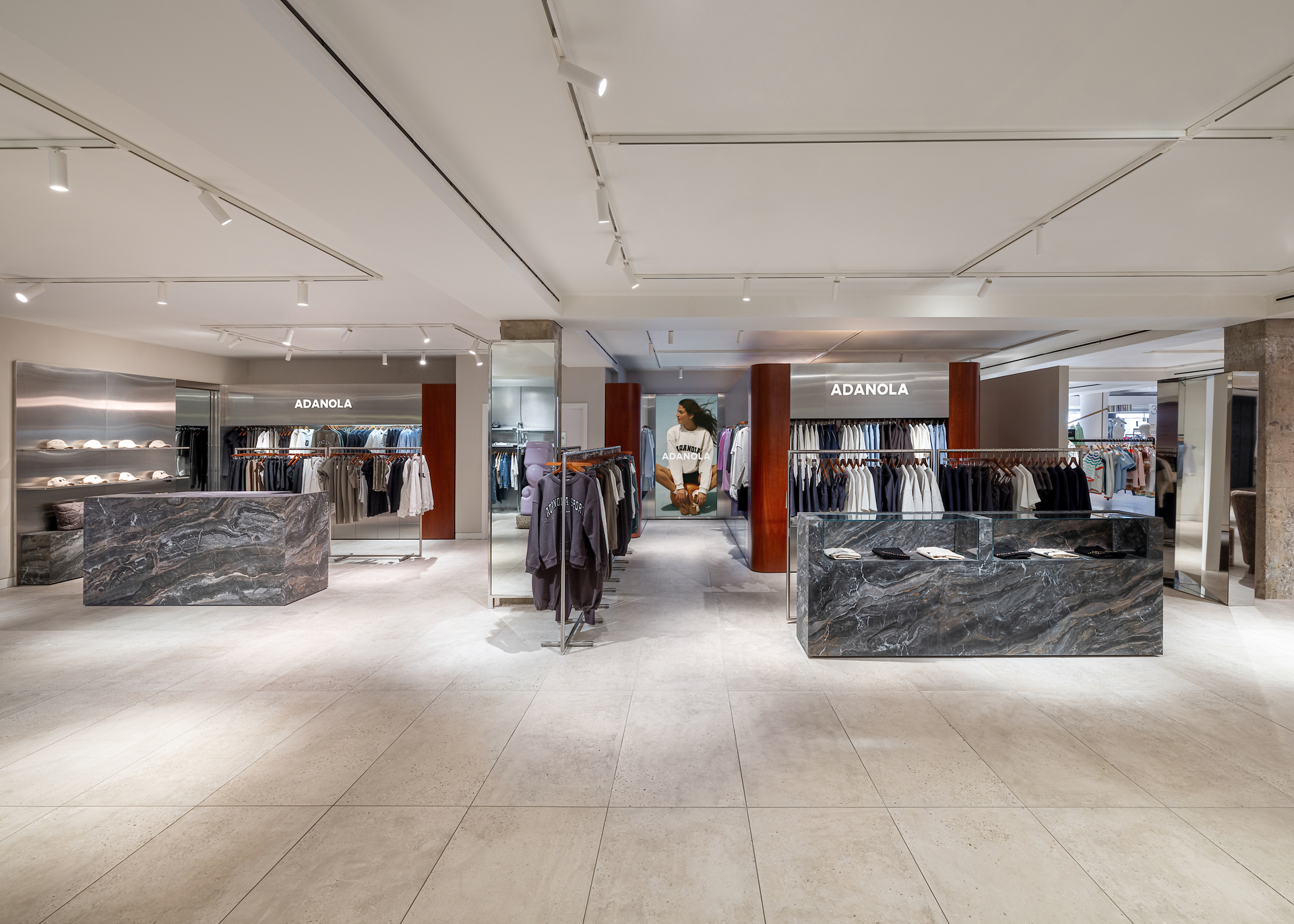
If you hadn’t become an interior designer what would you be doing?
OLIVER: If we weren’t interior designers, we’d still be creating and building. The satisfaction of seeing and feeling progress is at the core of what we do, so something like property development or construction would feel natural to us. We like to get to grips with things hands-on. In fact, we’re currently renovating a villa in Italy that we’ll be launching next year — and while our design background certainly helps, it’s the project management and even the physical labour that excites us just as much.
www.youth.studio | IG: @_youthstudio | LinkedIn: @youthstudio








